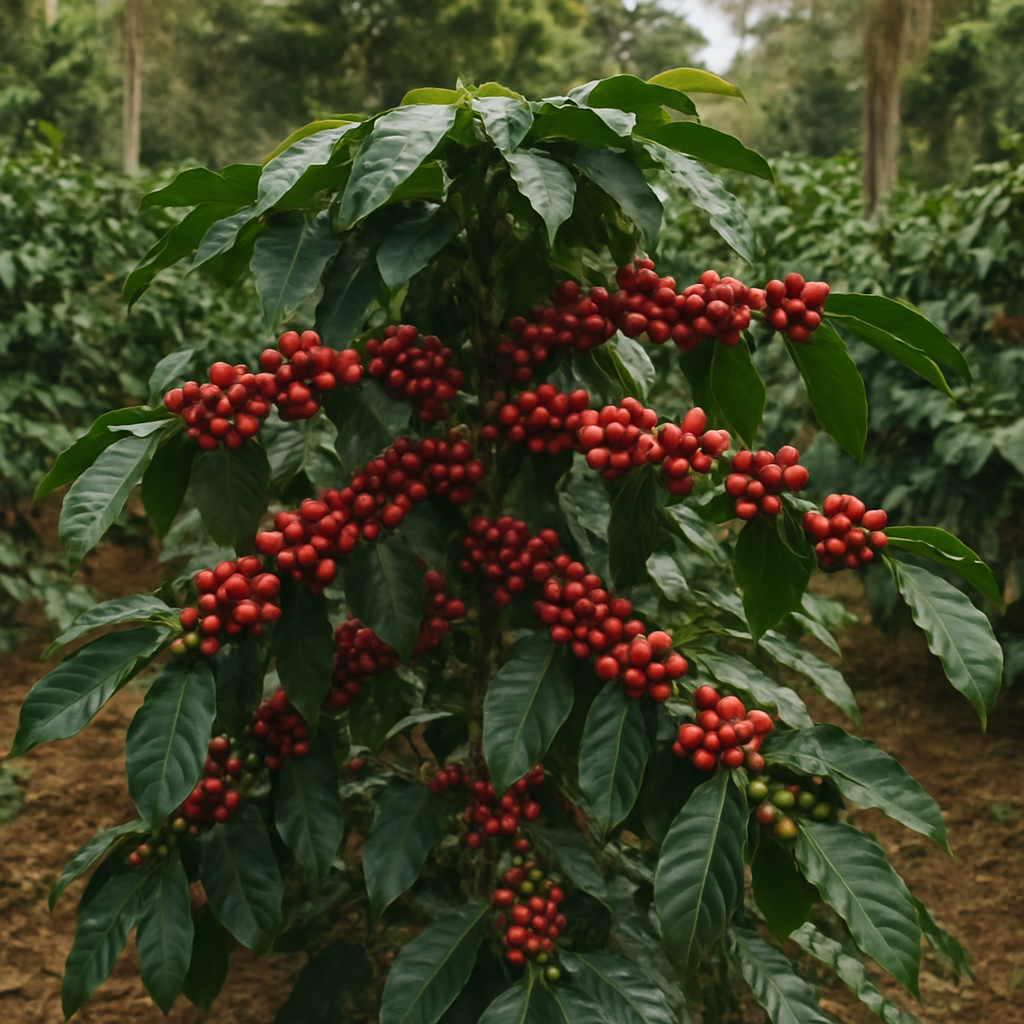Understanding the Life Cycle of Coffee Beans
Coffee, one of the most cherished beverages worldwide, begins its journey long before it reaches your cup. Understanding the life cycle of coffee beans offers insight into the complexity of coffee cultivation and the dedication required to produce this beloved drink. This article will guide you through each stage of the coffee bean's life, from planting to processing.
The Journey Bgins: How Coffee Beans Grow
The journey of coffee beans begins with a seed, which is, in fact, a coffee bean itself. Let's explore the initial stages of their growth.
Planting and Germination
Coffee plants thrive in tropical climates, typically between the Tropics of Cancer and Capricorn. The seeds are sown in nurseries where they undergo a germination process.
Germination can take several weeks, during which the seeds are kept moist and shaded. As the seed germinates, it splits open, and a small shoot emerges, ready to grow into a seedling.
Seedling to Young Plant
Once the seedlings have developed enough to be transplanted, they are moved to the fields. Here, they are given ample space to grow and access to sufficient sunlight and water.
Coffee plants require about 3-4 years to mature into young plants. During this time, they develop strong roots and a sturdy structure to support the weight of future coffee cherries.
Growth and Development: How to Grow Coffee Beans
Flowering
Coffee plants produce fragrant white flowers, which bloom after the rainy season. These flowers are crucial for the plant's reproduction process, as they must be pollinated to produce fruit.
The flowering stage is brief, lasting only a few days, but it marks the beginning of the coffee cherry's development.
Fruiting
Once pollinated, the flowers drop, and green cherries begin to form. These cherries take several months to mature, depending on the coffee variety and growing conditions.
During this period, the cherries change color from green to red, yellow, or even orange, indicating they are ripe and ready for harvest.
Harvesting: The Culmination of Growth
The harvesting of coffee cherries is a labor-intensive process that requires precision and care. Here's how it unfolds.
Picking the Cherries
Harvesting methods vary depending on the scale of production and terrain. In many regions, coffee cherries are handpicked to ensure only the ripest cherries are selected.
In larger plantations, mechanical harvesters may be used to expedite the process. However, handpicking remains prevalent due to the precision required in selecting ripe cherries.
Processing the Cherries
Once harvested, the cherries undergo processing to extract the beans. There are two main methods: the dry process and the wet process.
- Dry Process: Cherries are spread out under the sun to dry. This method is often used in regions with limited water resources.
- Wet Process: Cherries are pulped, fermented, and washed to remove the outer pulp. This method is favored for its ability to produce cleaner-tasting beans.
Final Stages: From Beans to Your Cup
After processing, coffee beans go through several more stages before reaching your cup.
Drying and Milling
Regardless of the processing method, beans must be dried to a specific moisture content. This ensures longevity and quality during storage.
Once dried, the beans are hulled to remove any remaining parchment layer. They are then sorted and graded based on size and quality.
Roasting
Roasting transforms green coffee beans into the aromatic brown beans we recognize. This process develops the beans' flavor and aroma, with different roast levels offering varying taste profiles.
Roasters must carefully control time and temperature to achieve the desired roast level, ranging from light to dark.
Grinding and Brewing
Finally, the roasted beans are ground to the appropriate size for brewing. The grind size depends on the brewing method, whether it's espresso, drip coffee, or French press.
The ground coffee is then brewed to create the rich, flavorful beverage enjoyed by millions every day.
Conclusion
Understanding the life cycle of coffee beans illuminates the intricate process behind every cup of coffee. From germination to brewing, each stage requires precision and care.
The next time you savor a cup of coffee, take a moment to appreciate the journey these beans have undergone to bring you that delightful experience. Whether you are a coffee enthusiast or just an occasional drinker, knowing how coffee beans grow adds depth to your appreciation of this global beverage.



















